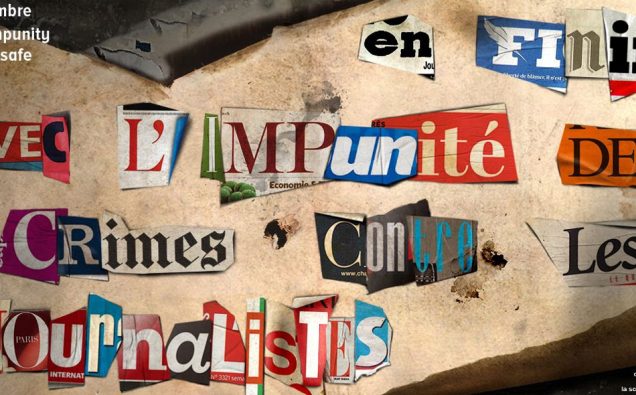
Journalists reporting on local beats like corrupt practices, crimes and politics face more dangers than those working in war zones, a UNESCO analysis of attacks against media persons around the world shows.
The stunning report reveals shrinking press freedoms in 2019. Almost two-thirds of cases of attacks against journalists occurred in countries not experiencing armed conflict, and the vast majority involved reporters covering their local beats.
An overwhelming 93 per cent of journalists killed last year worked locally, according to UNESCO, which coinciding with the International Day to End Impunity Against Journalists, launched a campaign, #KeepTruthAlive.
The campaign featured an interactive map, providing a vivid demonstration of the scale and breadth of the dangers faced by journalists worldwide.
In a statement released on Monday, UNESCO declared that attacks on journalists are an attempt to silence critical voices and restrict public access to information.
While the number of journalists killed worldwide fell by almost half in 2019, perpetrators enjoyed almost total impunity for these crimes, the UN Educational, Scientific and Cultural Organization (UNESCO), says.
The UNESCO Observatory of Killed Journalists recorded 56 journalist killings in 2019, compared with 99 in 2018 – the lowest annual toll in more than a decade.
The last decade was a deadly time for journalists as UNESCO recorded 894 journalist killings from 2010 to 2019, an average of almost 90 per year.
Journalists were murdered in all regions of the world, with Latin America and the Caribbean recording 22 killings, the highest number, followed by 15 in Asia-Pacific, and 10 in Arab States.

















Thankfulness to my father who shared with me about this website, this blog is in fact amazing.